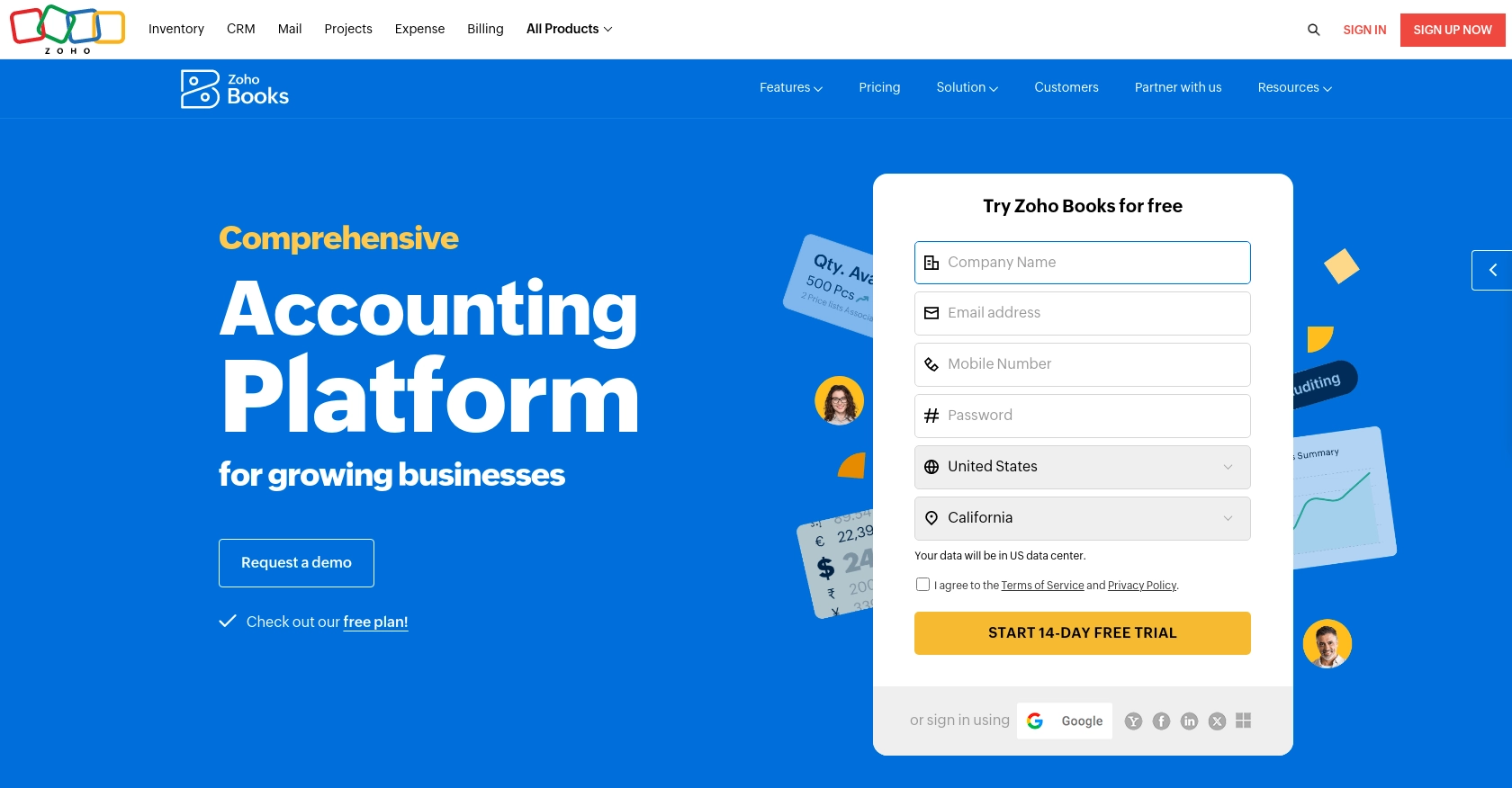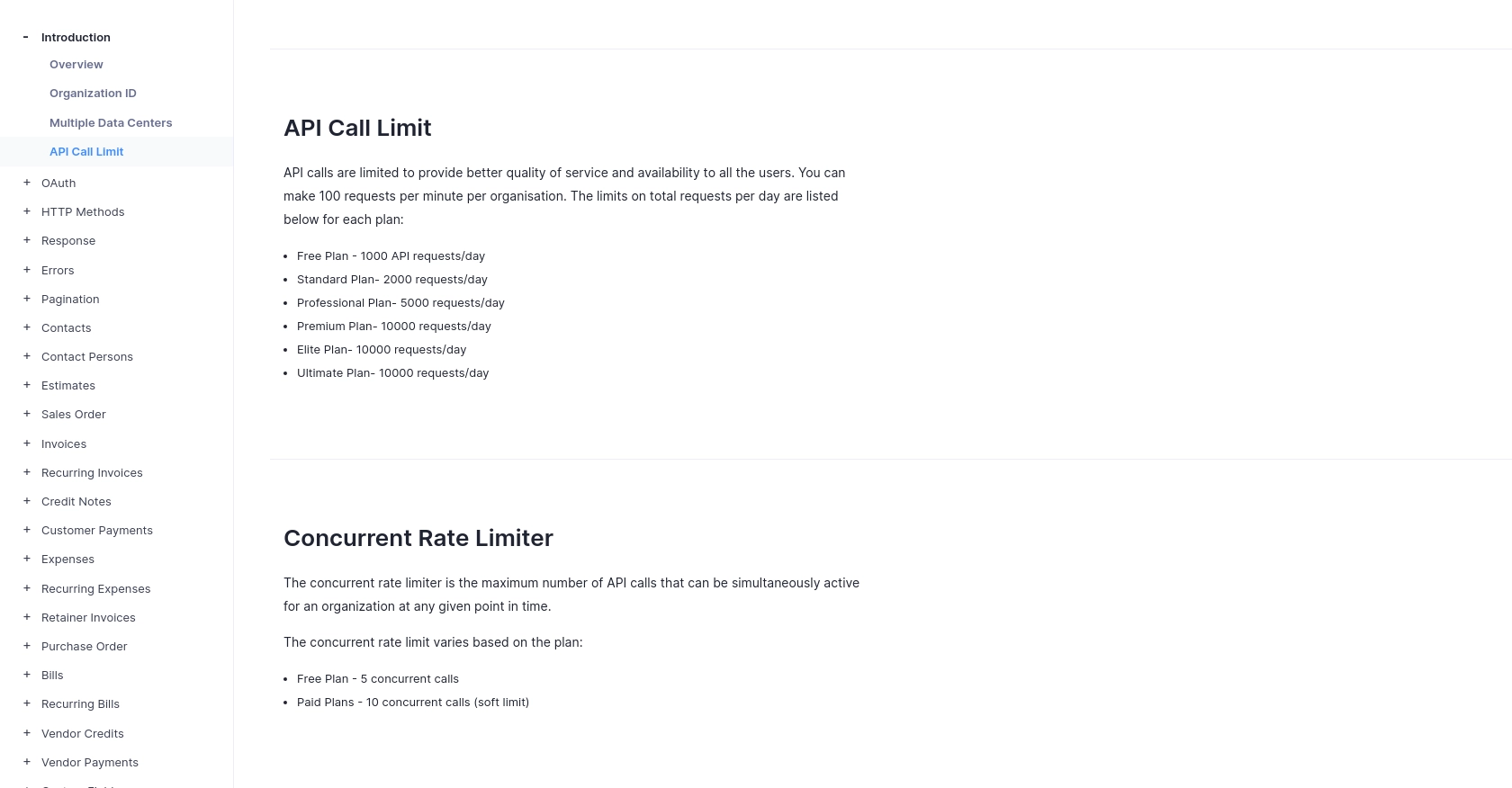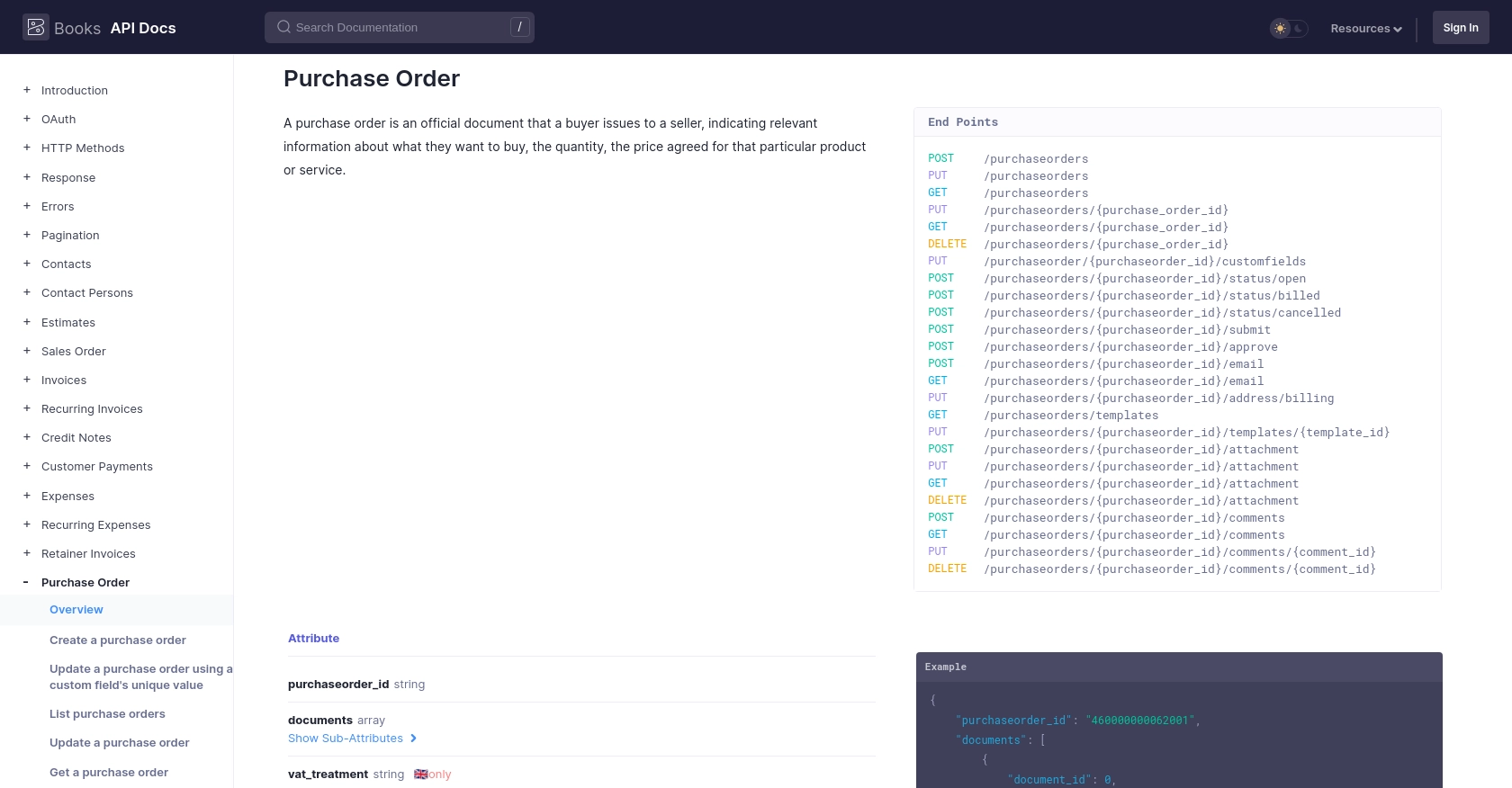Using the Zoho Books API to Get Purchase Orders (with Javascript examples)

Introduction to Zoho Books
Zoho Books is a comprehensive online accounting software designed to manage your finances, automate business workflows, and help you work collectively across departments. It offers a wide range of features including invoicing, expense tracking, and inventory management, making it an ideal choice for businesses of all sizes.
Integrating with Zoho Books' API allows developers to streamline financial operations by automating tasks such as retrieving purchase orders. For example, a developer might use the Zoho Books API to fetch purchase order details and integrate them into a custom dashboard for real-time financial insights.
Setting Up Your Zoho Books Test/Sandbox Account for API Integration
Before you can start interacting with the Zoho Books API, you'll need to set up a test or sandbox account. This allows you to safely experiment with API calls without affecting your live data. Follow these steps to get started:
Step 1: Sign Up for a Zoho Books Account
If you don't already have a Zoho Books account, visit the Zoho Books signup page to create one. You can opt for a free trial to explore the features and functionalities.
Step 2: Access the Zoho Developer Console
To interact with the Zoho Books API, you'll need to register your application in the Zoho Developer Console. Go to the Zoho Developer Console and click on "Add Client ID" to register your application.
Step 3: Register Your Application
- Provide the necessary details such as the application name, domain, and authorized redirect URIs.
- Upon successful registration, you'll receive a Client ID and Client Secret. Keep these credentials secure as they are essential for OAuth authentication.
Step 4: Generate OAuth Tokens
Zoho Books uses OAuth 2.0 for authentication. Follow these steps to generate the necessary tokens:
- Redirect users to the following authorization URL with the required parameters:
- After user consent, Zoho will redirect to your specified redirect URI with a code parameter.
- Exchange this code for an access token by making a POST request to:
- Store the access token and refresh token securely for future API calls.
https://accounts.zoho.com/oauth/v2/auth?scope=ZohoBooks.purchaseorders.READ&client_id=YOUR_CLIENT_ID&response_type=code&redirect_uri=YOUR_REDIRECT_URI&access_type=offlinehttps://accounts.zoho.com/oauth/v2/token?code=YOUR_CODE&client_id=YOUR_CLIENT_ID&client_secret=YOUR_CLIENT_SECRET&redirect_uri=YOUR_REDIRECT_URI&grant_type=authorization_codeStep 5: Configure API Access
With your access token, you can now make API calls to Zoho Books. Ensure you include the token in the Authorization header of your requests:
Authorization: Zoho-oauthtoken YOUR_ACCESS_TOKENFor more details on authentication, refer to the Zoho Books OAuth documentation.

sbb-itb-96038d7
Making API Calls to Retrieve Purchase Orders from Zoho Books Using JavaScript
Once you have set up your Zoho Books account and obtained the necessary OAuth tokens, you can start making API calls to retrieve purchase orders. This section will guide you through the process of fetching purchase orders using JavaScript, ensuring you have the right setup and code to get started.
Prerequisites for JavaScript Integration with Zoho Books API
- Ensure you have Node.js installed on your machine to run JavaScript code outside the browser.
- Install the
node-fetchpackage to make HTTP requests. You can do this by running the following command in your terminal:
npm install node-fetchExample Code to Fetch Purchase Orders from Zoho Books
Below is a sample JavaScript code snippet that demonstrates how to make a GET request to the Zoho Books API to retrieve purchase orders. Replace YOUR_ACCESS_TOKEN and YOUR_ORGANIZATION_ID with your actual access token and organization ID.
const fetch = require('node-fetch');
const url = 'https://www.zohoapis.com/books/v3/purchaseorders?organization_id=YOUR_ORGANIZATION_ID';
const options = {
method: 'GET',
headers: {
'Authorization': 'Zoho-oauthtoken YOUR_ACCESS_TOKEN'
}
};
fetch(url, options)
.then(response => response.json())
.then(data => console.log(data))
.catch(error => console.error('Error fetching purchase orders:', error));
Understanding the API Response
Upon successful execution of the above code, you should receive a JSON response containing the list of purchase orders. The response will include details such as purchase order ID, vendor name, status, and total amount.
Handling Errors and Verifying API Requests
It's crucial to handle potential errors when making API calls. Zoho Books uses standard HTTP status codes to indicate success or failure:
- 200 OK: The request was successful.
- 401 Unauthorized: Invalid access token. Ensure your token is correct and not expired.
- 429 Rate Limit Exceeded: You have exceeded the API call limit. Zoho Books allows 100 requests per minute per organization. For more details, refer to the API call limit documentation.
To verify the success of your API requests, you can cross-check the returned data with the purchase orders listed in your Zoho Books account.
Best Practices for Secure and Efficient API Usage
When working with APIs, it's essential to follow best practices to ensure security and efficiency:
- Store your OAuth tokens securely and avoid hardcoding them in your source code.
- Implement error handling to gracefully manage API failures and retries.
- Respect the API rate limits to avoid throttling and ensure smooth operation.
By adhering to these practices, you can efficiently integrate Zoho Books into your applications and automate your financial workflows.

Conclusion: Best Practices for Integrating Zoho Books API in Your Applications
Integrating with the Zoho Books API can significantly enhance your business operations by automating financial tasks and providing real-time insights. By following the steps outlined in this article, you can efficiently retrieve purchase orders using JavaScript and seamlessly integrate them into your applications.
Key Takeaways for Zoho Books API Integration
- Secure Your Credentials: Always store your OAuth tokens securely and avoid exposing them in your source code.
- Handle Errors Gracefully: Implement robust error handling to manage API failures and ensure a smooth user experience.
- Respect Rate Limits: Adhere to Zoho Books' API rate limits to prevent throttling and maintain service quality. Remember, you can make up to 100 requests per minute per organization.
- Optimize Data Handling: Transform and standardize data fields to ensure compatibility with your existing systems.
Enhance Your Integration Strategy with Endgrate
While integrating with Zoho Books API offers numerous benefits, managing multiple integrations can be complex and time-consuming. Endgrate simplifies this process by providing a unified API endpoint that connects to various platforms, including Zoho Books. This allows you to build once for each use case and streamline your integration efforts.
By leveraging Endgrate, you can focus on your core product development while ensuring a seamless integration experience for your customers. Visit Endgrate to learn more about how you can optimize your integration strategy and save valuable time and resources.
Read More
- https://endgrate.com/provider/zohobooks
- https://www.zoho.com/books/api/v3/introduction/#api-call-limit
- https://www.zoho.com/books/api/v3/oauth/#overview
- https://www.zoho.com/books/api/v3/errors/#overview
- https://www.zoho.com/books/api/v3/pagination/#overview
- https://www.zoho.com/books/api/v3/purchase-order/#overview
Ready to get started?
